
Photo : Guy L’Heureux permission de | courtesy of Galerie Donald Browne, Montréal
Various issues — some more controversial than others — pervade pictorial practice when it comes to representing a position that is simultaneously political and emotional. This is especially true when sentiments related to feminist or postcolonial perspectives form an integral part of the work.
In the paintings of Christine Major, Marion Wagschal, and Lynette Yiadom-Boakye, one is confronted with social and sexual issues that many women have tackled. Themes such as marginality, violence, and time that ravages lives and relationships are explored by these artists in a manner that reveals a body engulfed in various states alien to moral and aesthetic peace of mind.
Realist in some respects, the paintings are provocative due to the unusual figures that they portray. Many of the portraits of women by these artists demonstrate a brutality, distress, or austerity that revives the highly sensitive bonds that the work forges with the external perspective. Wagschal, for example, propose self-portraits that seem unsightly and, indeed, incongruous.
A second-wave feminist artist, Wagschal appears brazen. The realism that she brings to her work does not spare the model, making her face her duty to respond to the canons of beauty to which the body reacts by deteriorating. The “painted real” in Wagschal’s work adjusts to the vagaries of life and the deliquescence of the medium.
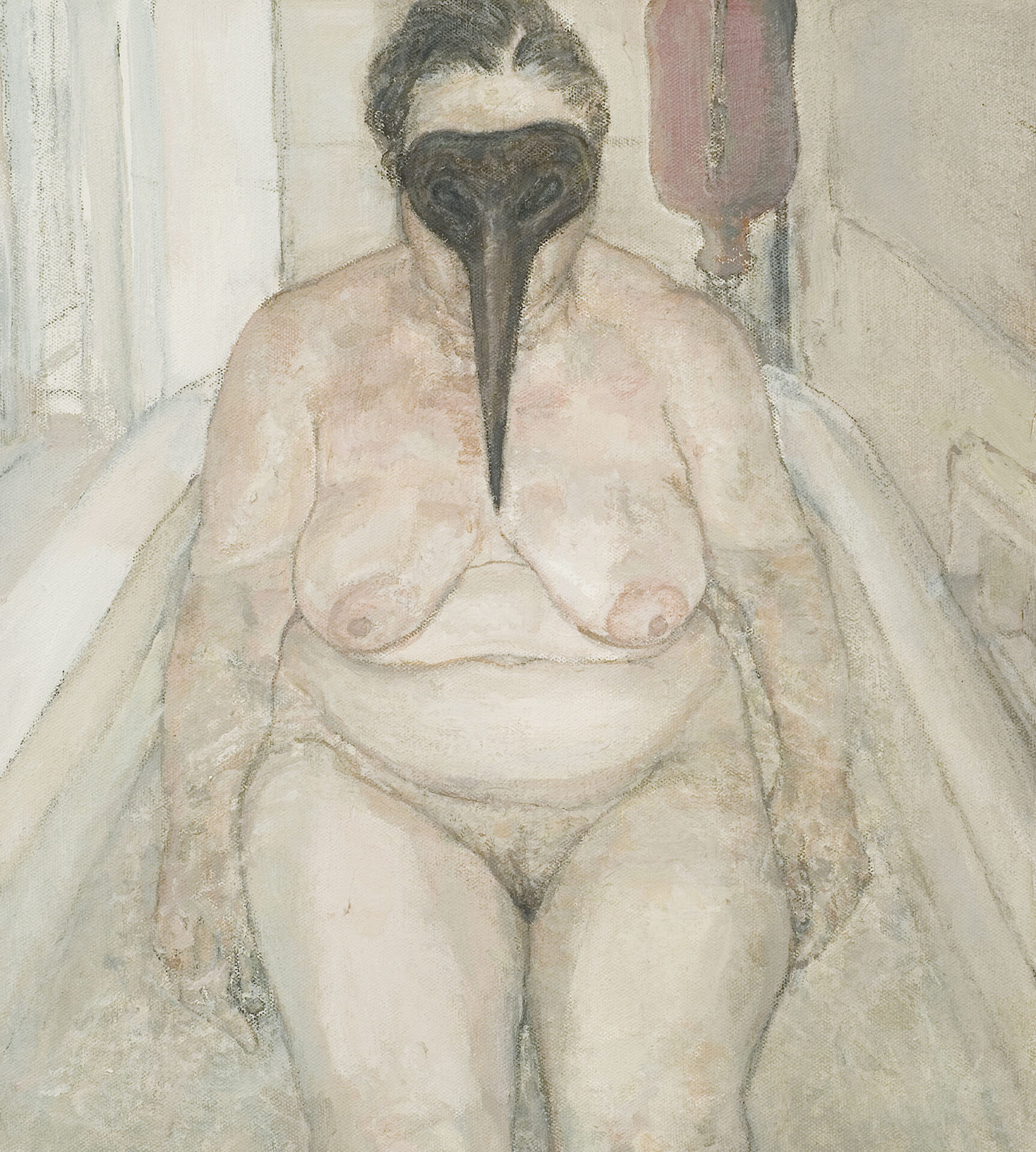
Photo : Éliane Excoffier
permission de | courtesy of the artist & Battat Contemporary, Montréal
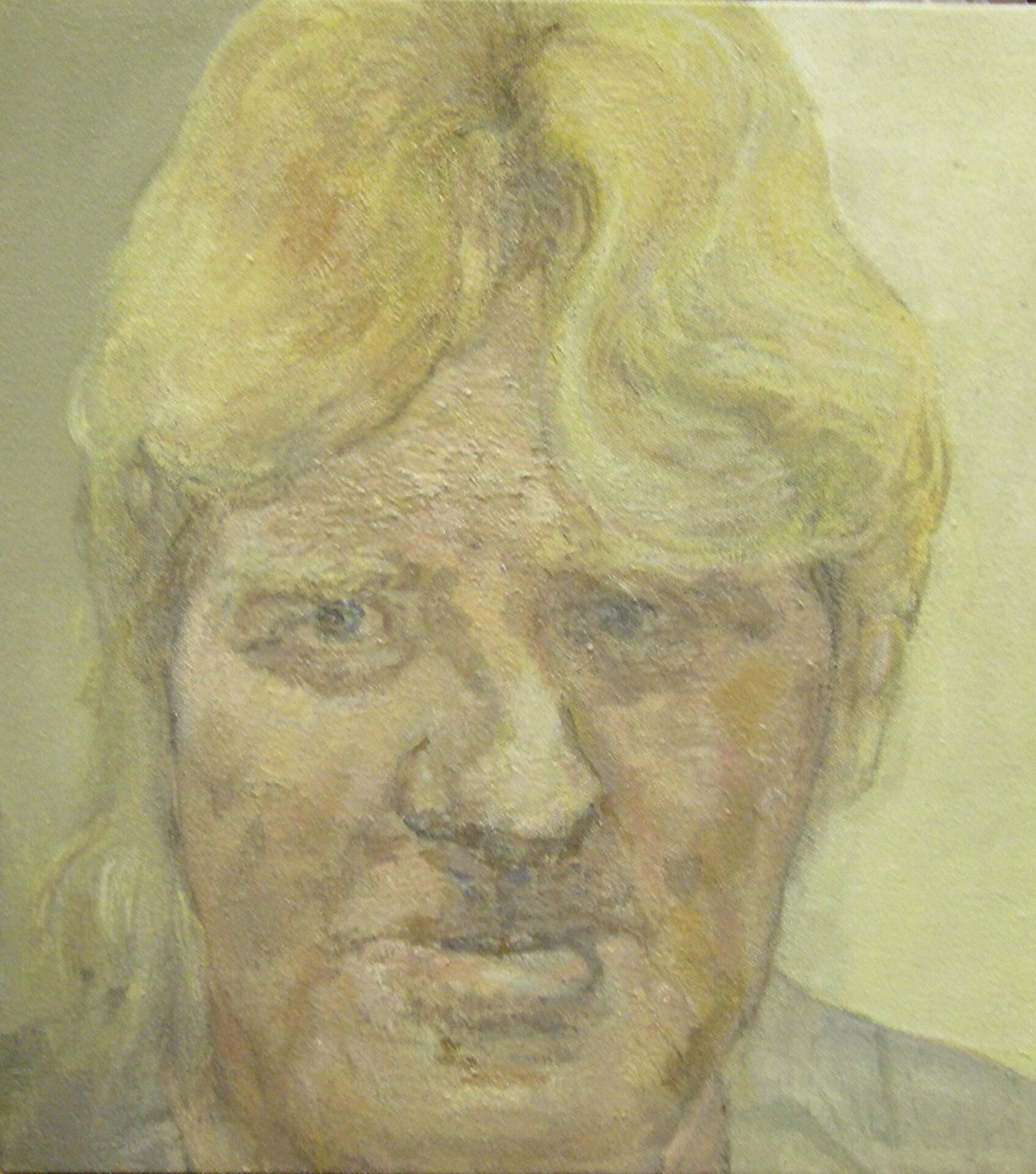
Photo : Éliane Excoffier
permission de | courtesy of the artist & Battat Contemporary, Montréal

Photo : Éliane Excoffier
permission de | courtesy of the artist & Battat Contemporary, Montréal
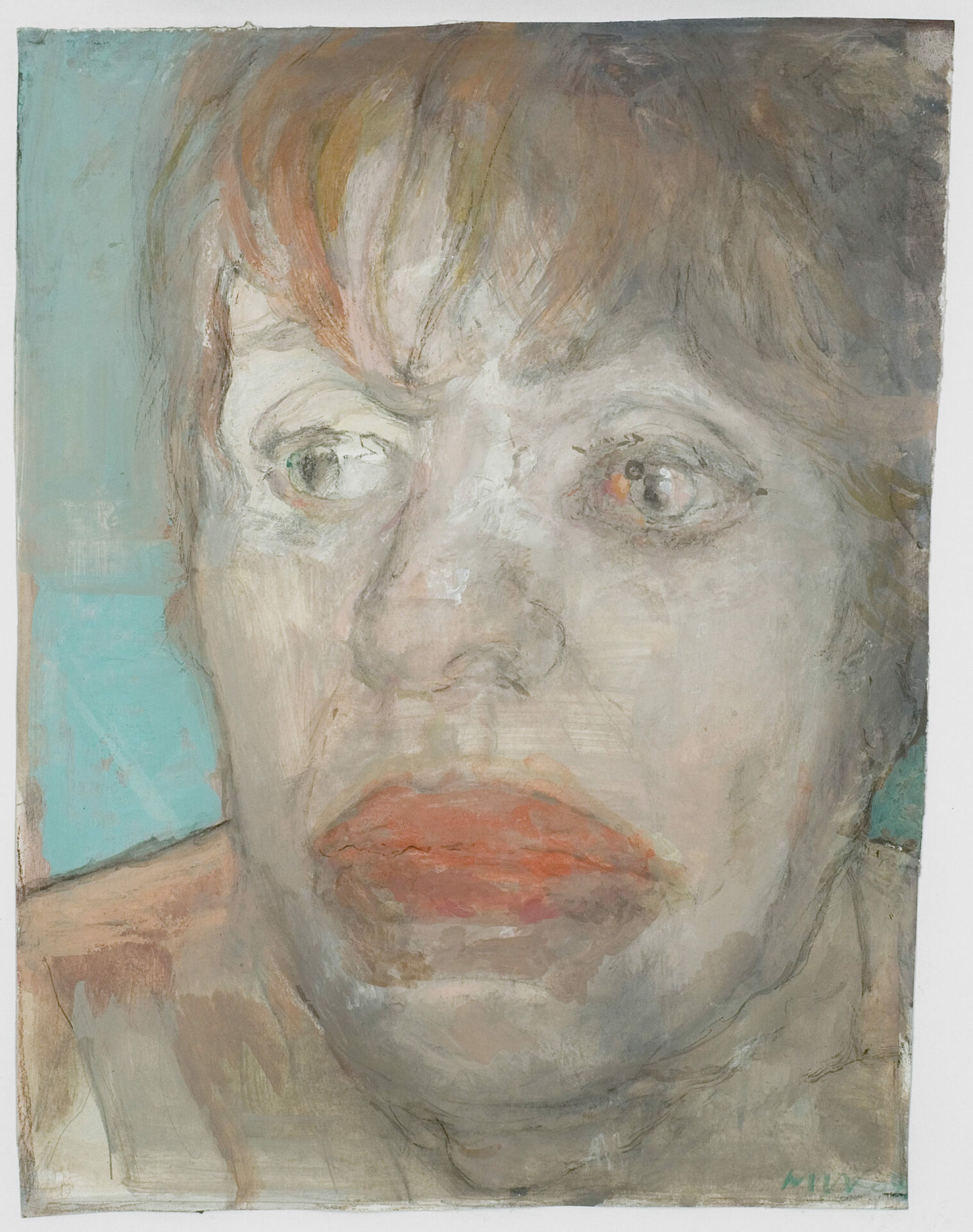
Photo : Éliane Excoffier
permission de | courtesy of the artist & Battat Contemporary, Montréal

Photo : Éliane Excoffier
permission de | courtesy of the artist & Battat Contemporary, Montréal
For these artists, pictorial art and engagement are expressed in a single and profound voice: a cohabitation that acts on the material as much as the content.
Colour is central to the work of Yiadom-Boakye, whose representations of imagined individuals — which she describes as “conceptual portraits” — highlight the chromatic tensions that disrupt the portraits’ reception. In them, one can see an avowed expression of cultural belonging. She envisions painting for what it is “by nature” and persistently shapes it with deliberate and vivid contrasts.
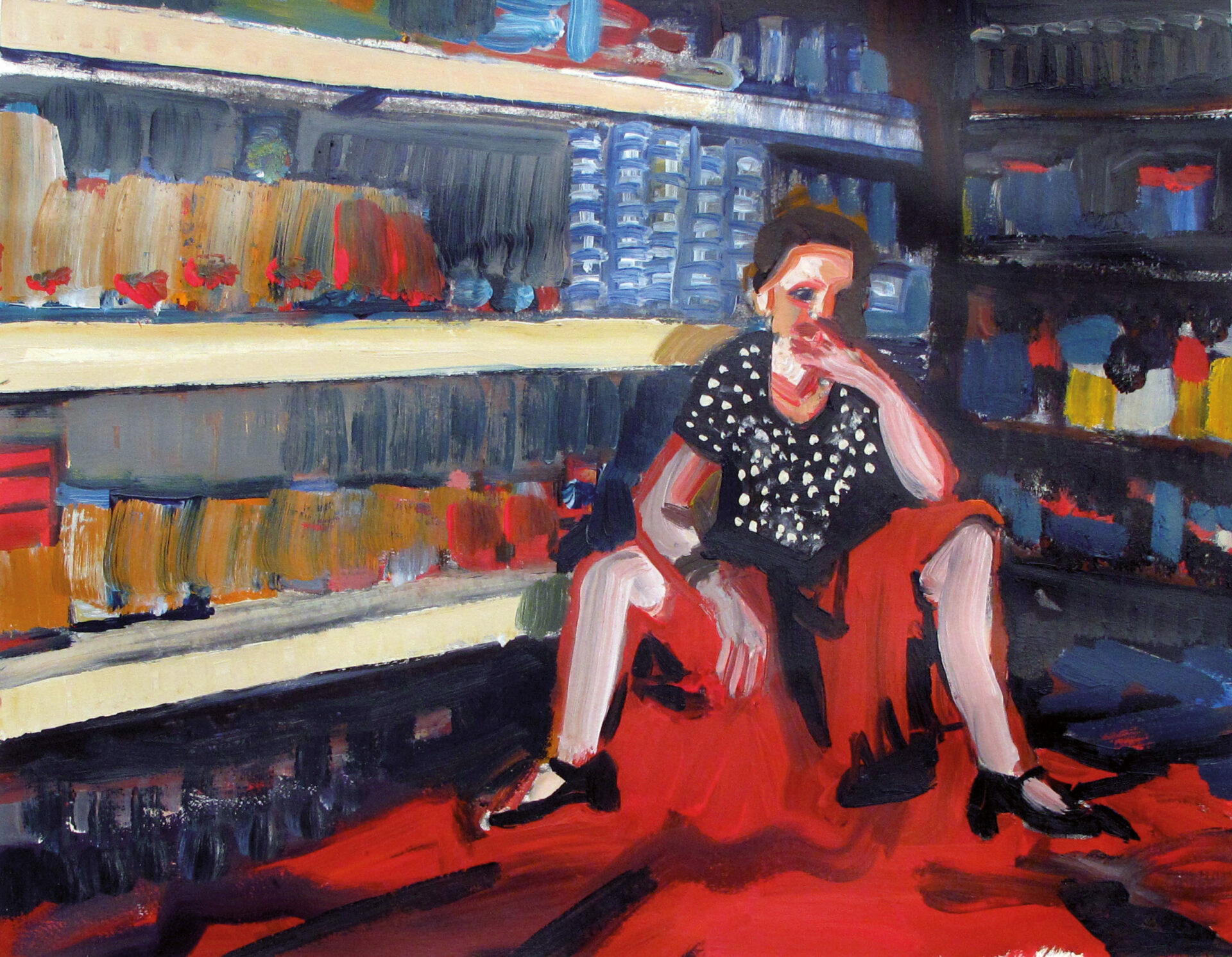
Photo : Guy L’Heureux
permission de | courtesy of Galerie Donald Browne, Montréal

Survivants, 2010.
Photos : Guy L’Heureux
permission de | courtesy of Galerie Donald Browne, Montréal

Major enters tumultuous territory with her vivid domestic scenes, which seem implicitly rooted in the sexual. Whether the female figure is isolated, aligned with other women, or objectified, her body evokes strange, tacitly or explicitly imposed positions and situations, which seem to be contested or sometimes ironized by the intensity and materiality of the colour.
In the works of Major and Yiadom-Boakye, the power of the chromatic palette and its contrasts sets the tone for iconographic content that is of no apparent importance.
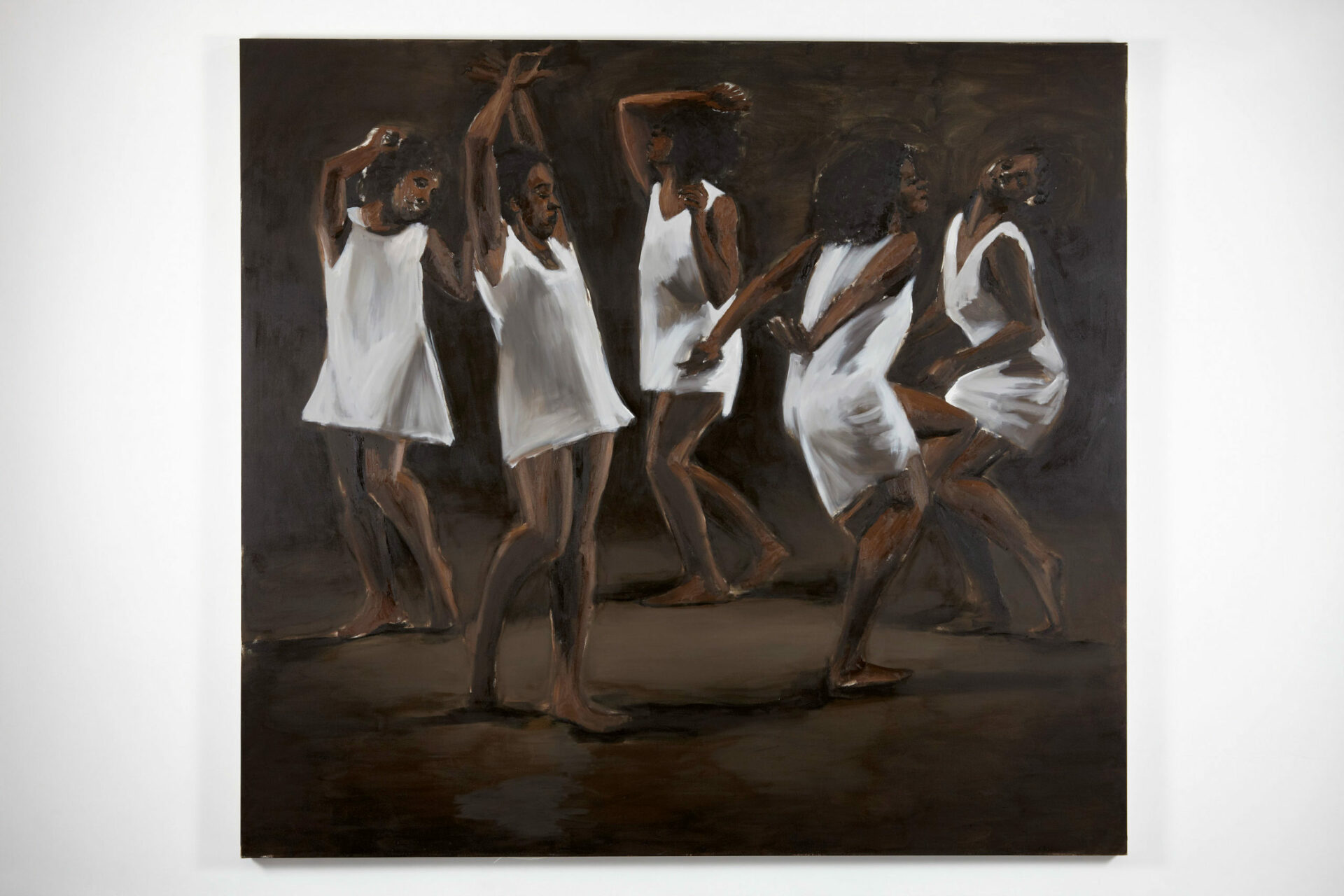
Photo : © Lynette Yiadom-Boakye
permission de | courtesy of Jack Shainman Gallery, New York & Corvi-Mora, London
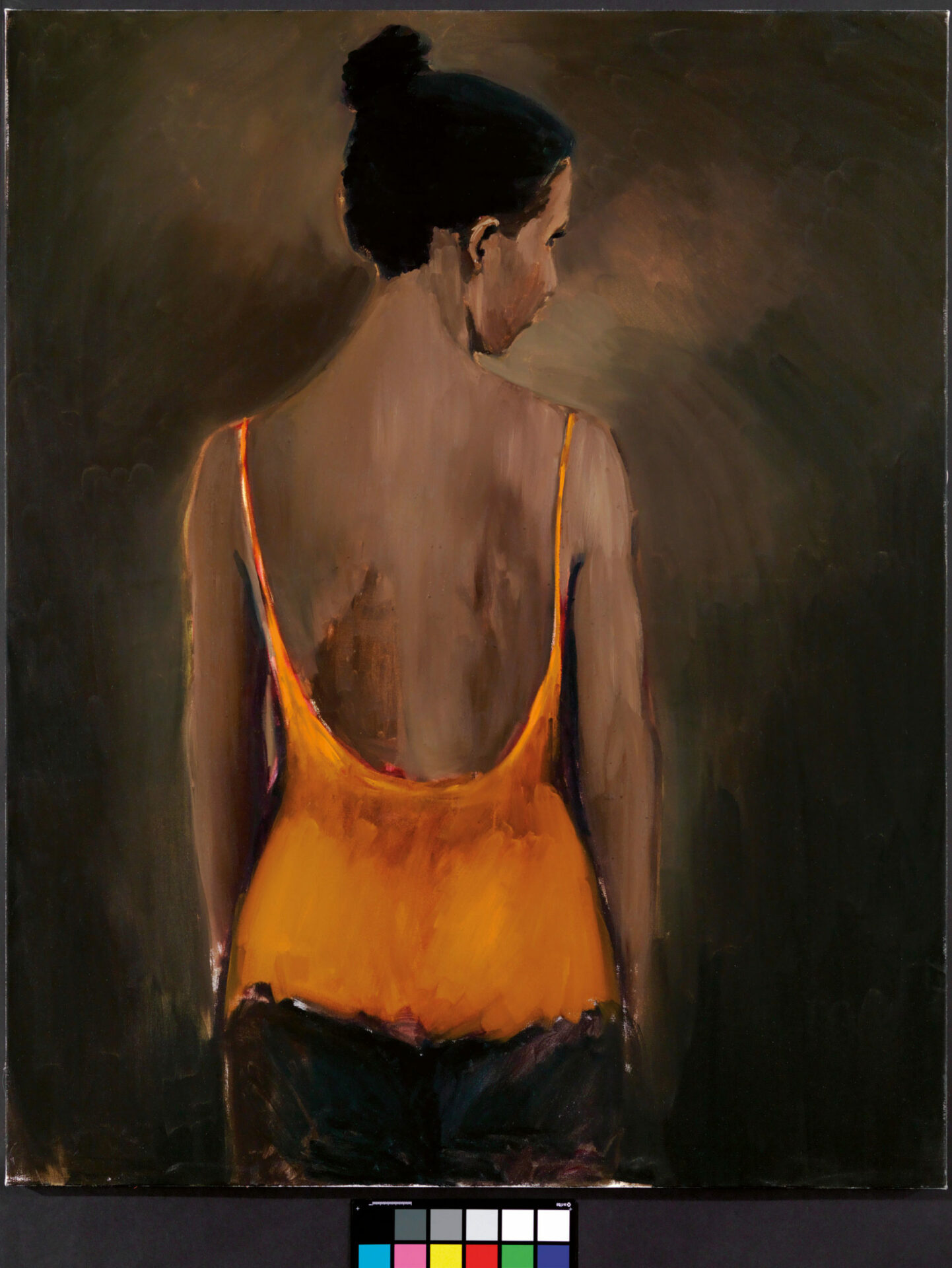
Photo : © Lynette Yiadom-Boakye
permission de | courtesy of Jack Shainman Gallery, New York & Corvi-Mora, London
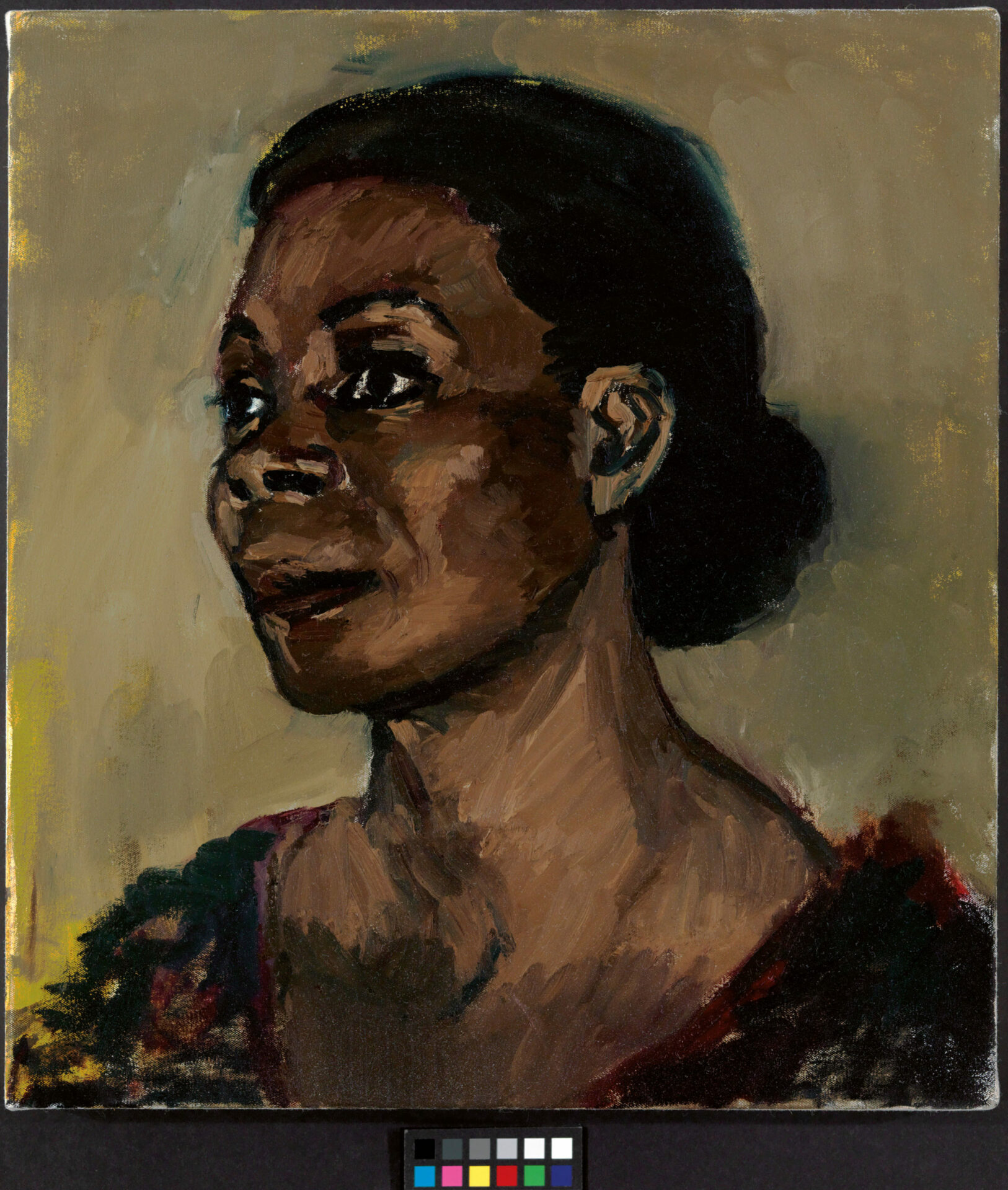
Photo : © Lynette Yiadom-Boakye
permission de | courtesy of Jack Shainman Gallery, New York & Corvi-Mora, London
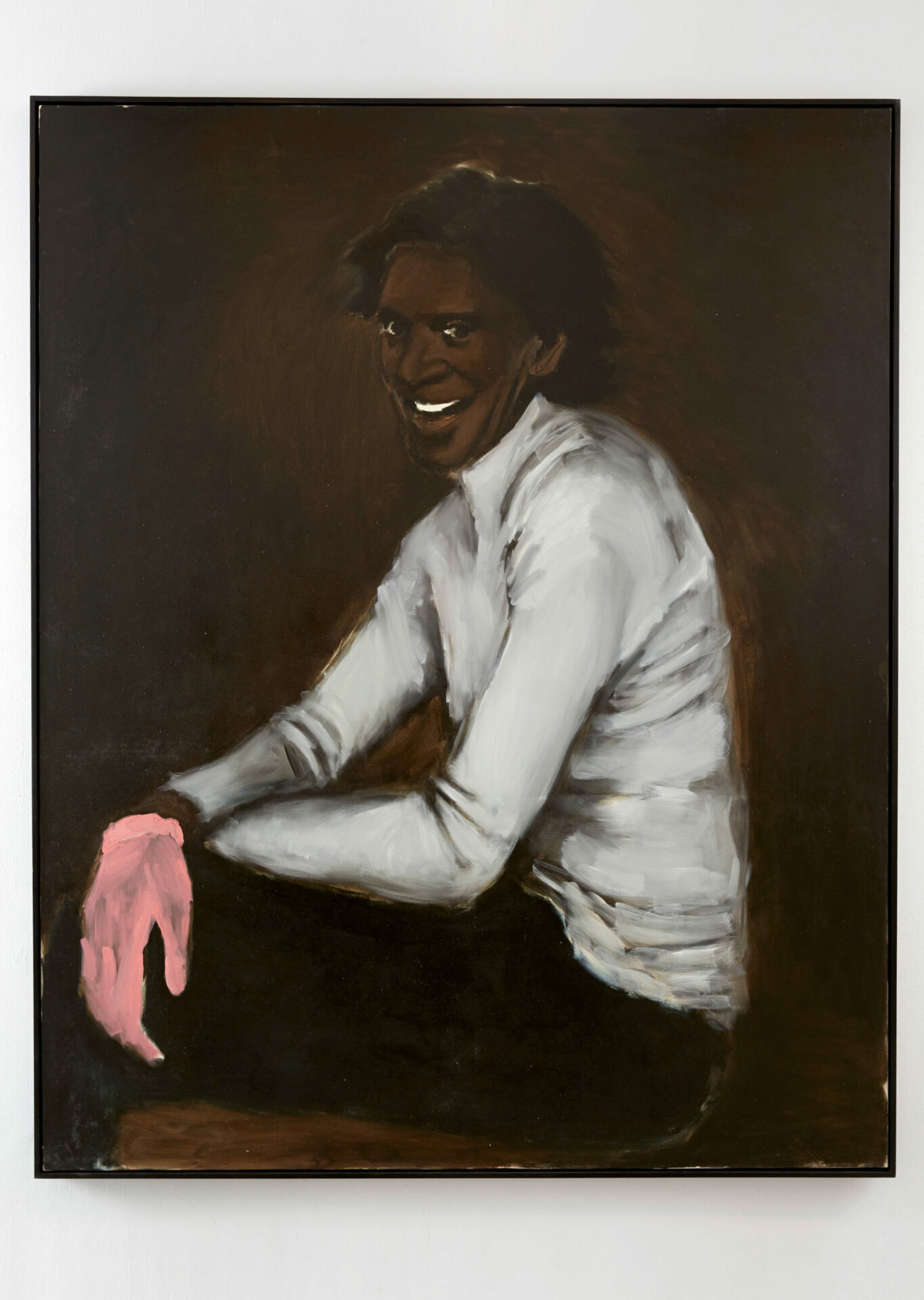
Photo : © Lynette Yiadom-Boakye
permission de | courtesy of Jack Shainman Gallery, New York & Corvi-Mora, London
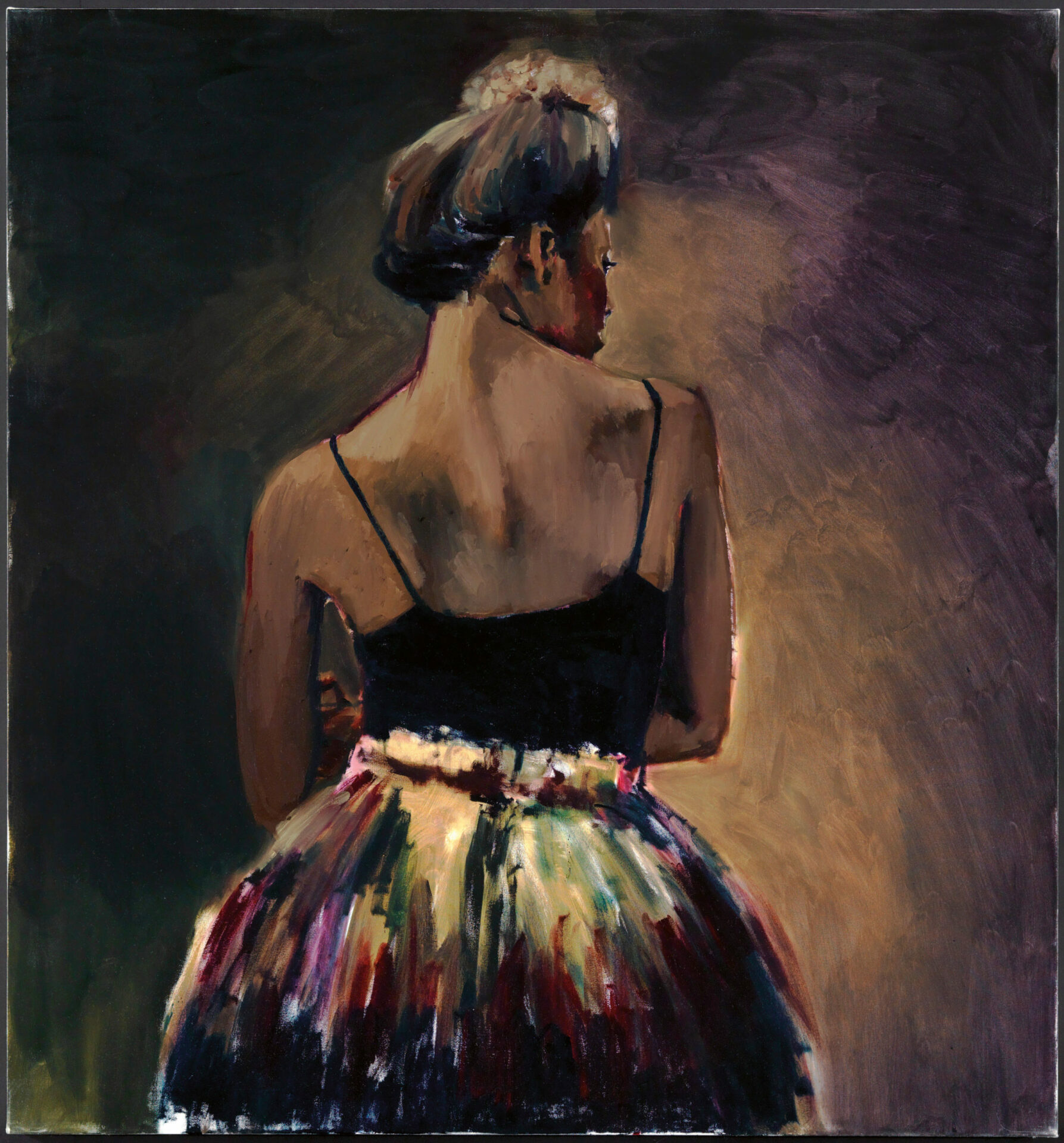
Photo : © Lynette Yiadom-Boakye
permission de | courtesy of Jack Shainman Gallery, New York & Corvi-Mora, London
Major, Yiadom-Boakye, and Wagschal bring imagined or discovered emotional and intimate narratives to the fore. Their paintings express certain factual observations on the sensitive combination of the private and political, all while offering masterful lessons in colour.
[Translated from the French by Louise Ashcroft]




